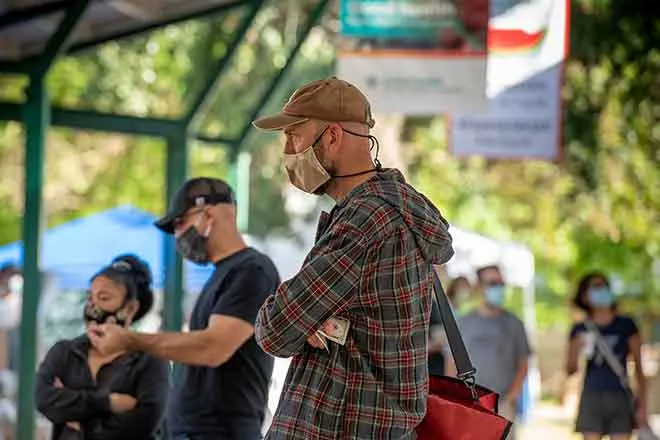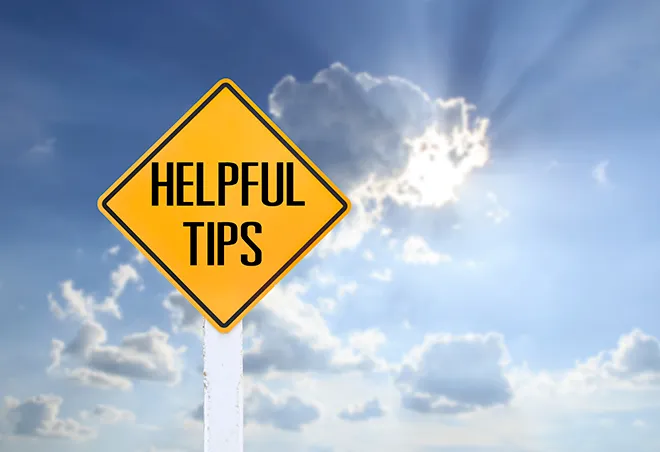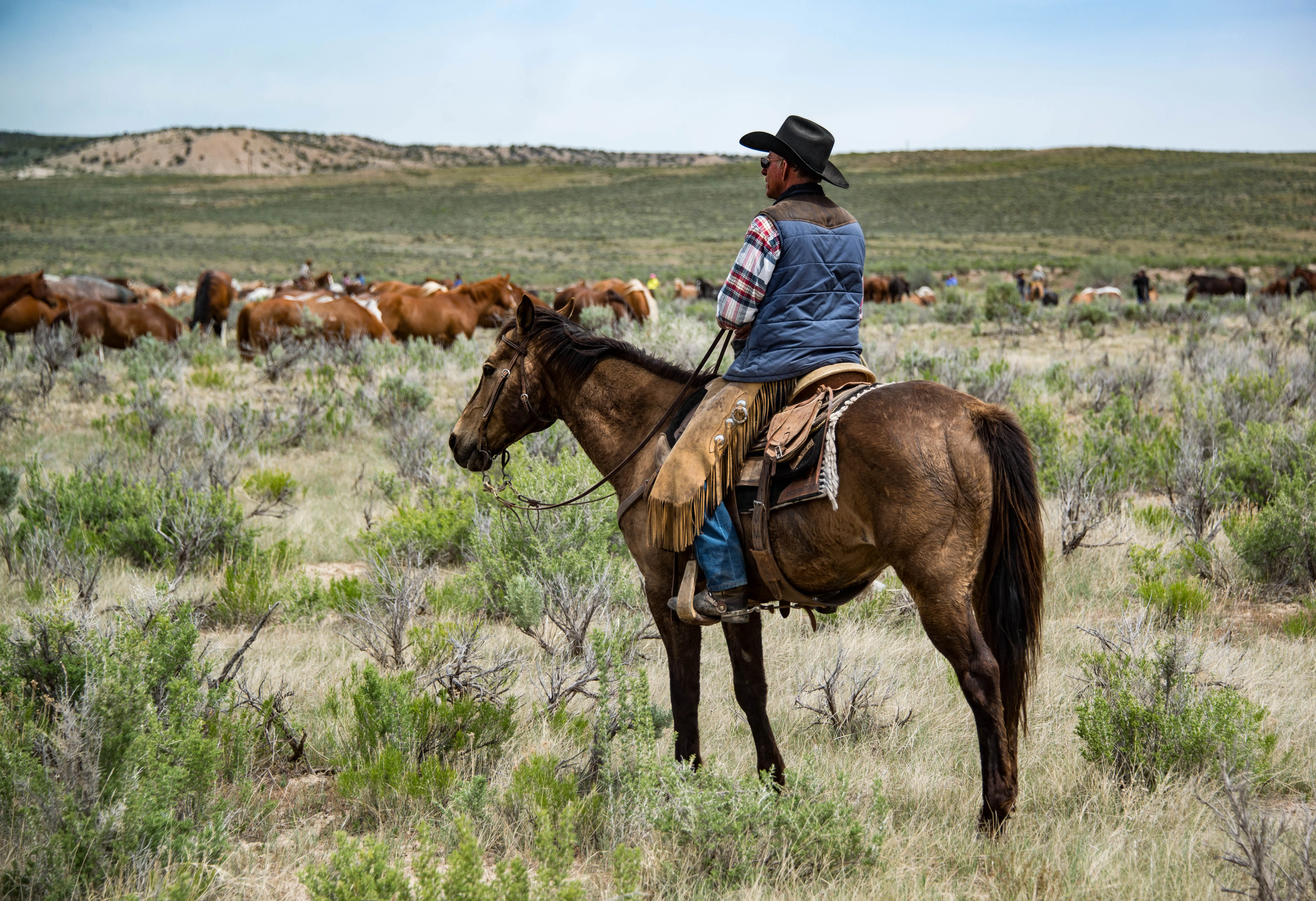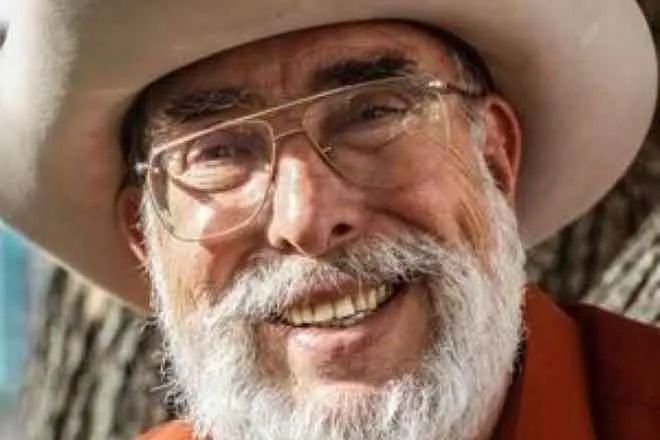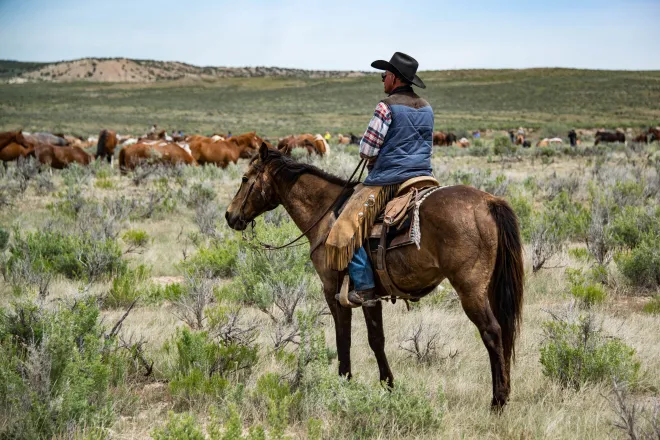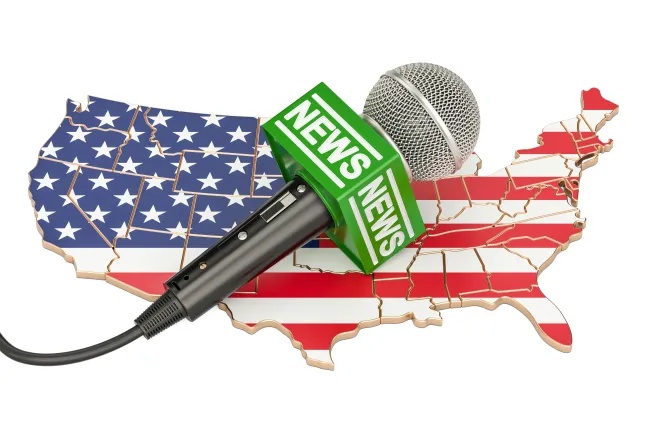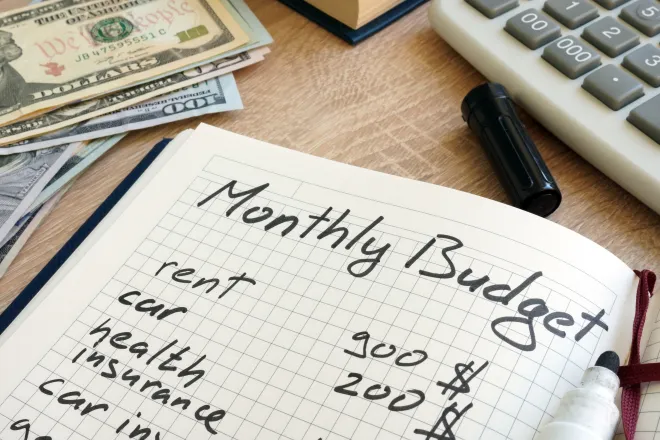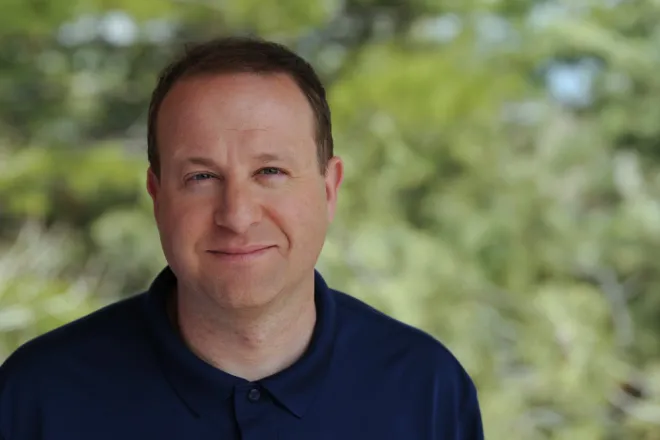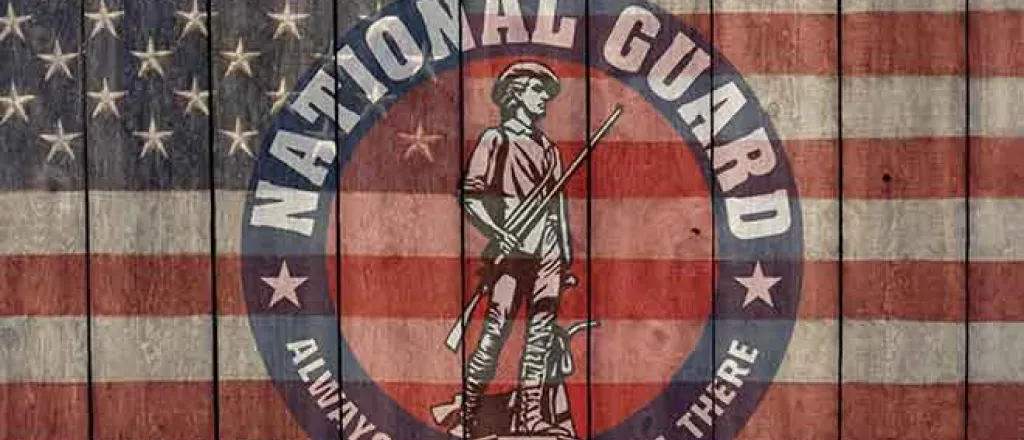
Colorado’s National Guard chief reflects on improvements she led as she eyes retirement
U.S. Army Maj. Gen. Laura Clellan will retire from her post as adjutant general of Colorado on Saturday with a ceremony that passes the responsibility of heading the state’s National Guard over to U.S. Army Maj. Gen. Robert Davis.
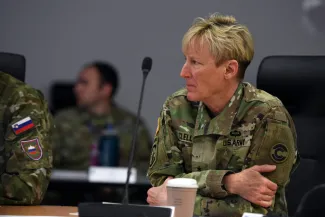
©
Clellan was appointed to the job in July 2020 by Gov. Jared Polis. Colorado’s National Guard comprises about 5,500 citizen soldiers and airmen who commit one weekend per month to train for missions, such as responses to natural disasters and military operations around the world. The guard holds both state and federal missions.
Colorado Newsline interviewed Clellan at guard headquarters in Centennial during the week ahead of her retirement. As readers will see toward the end of this interview, Clellan declined to discuss political topics, including President Donald Trump’s recent deployment of guard units from other states to American cities.
This interview has been lightly edited for length and clarity.
Colorado Newsline: Why retire now? What led to this decision?
Laura Clellan: It’s been in my plan, actually, but it just so happens that it’s crazy times, which I never expected. I initially told the governor three years when I came on in 2020, and I kind of thought that I’d go back to my job in the U.S. Fish and Wildlife Service, because I loved working there. And then he asked me when he was reelected if I would stay, and I said “Yeah, you know, I’m having a blast.”
This is a great job, and I feel like I’m making a difference. And so I stayed another year, and I started thinking and looking across the bench of officers that were ready to compete for this job, realizing that I needed to have a plan to move out so that they could have a chance. And so that’s why I chose this year. Last summer, I knew that this would be the year. I wanted to make sure that I had a good bench of people that were able to compete for this job.
So you made the decision last summer, not knowing that things would be a bit chaotic with the (federal government) shutdown.
I made the decision that this would be the year. I didn’t necessarily know it was going to be October. Turns out, maybe October wasn’t the best month.
How is the shutdown making things chaotic?
We’ve got over 600 people working without getting paid right now. And then we have guard members drilling or planning on drilling that won’t get paid unless (Congress) actually frees up some money. I know they’re working on it, but that’s a hard pill to swallow, especially for a part-time force to say, “Hey, come in and drill this weekend. Take time away from your family, but you’re not going to get a paycheck, and we don’t know when you’re going to get it.” The stress on the people of the organization is hard and so we’re trying to make this as easy as possible.
At the end of the day, people wear this uniform and they come to work here even as civilians, because they're mission driven and they care about the mission. It’s a testament to the people of this organization.
When you reflect on your time as head of the National Guard, what were some of your biggest moments of challenge?
I came in right in the middle of COVID-19 and after the George Floyd Black Lives Matter protest, which the guard was called in for right before I got there, and the tempo of operations was really high. We were already in the middle of helping with the COVID response, and that just continued to increase.
And five years ago today, we were also dealing with some of the largest wildfires we’ve seen with the Cameron Peak and East Troublesome fires. Those were in October 2020 and we were called up for that.
We just continued this high tempo of supporting domestic operations, but we were also deploying folks overseas to help with operations in the Middle East. It was just such a busy time, and that was the most challenging part.
We were dipping in and out of virtual work and trying to keep everyone safe, and when I think about that timeframe, it was so stressful for the workforce. And then throw on top of that the vaccine mandate, and the stress with people who didn’t want to get it and refused to get it. It was a very challenging time, and most of it was just because of the stress on the people part of the workforce, but we were also continuing to meet every mission, and we didn’t miss a beat.
What do you think contributed to your ability to just hit the ground running like that?
At the end of the day, people wear this uniform and they come to work here even as civilians, because they’re mission driven and they care about the mission. It’s a testament to the people of this organization. I think we tend to be a little bit more resilient as well. There’s a lot of stress in the military, I think, compared to the general population, so we can manage through stress a little bit easier.
When you think back to the COVID response, and especially vaccine deployment in 2021, what sticks out to you as challenges and successes?
The gov’s office asked us for help, and we gave them some individuals that could help with operations and planning. We gave them some really good planners. I gave up one of my general officers to go head the task force for the vaccine when they rolled that out. That’s something that we’re really proud of — we know how to do operations and planning, so we put a lot of talent down at the governor’s office, and I think that they really appreciated it, and I think it just helped build that relationship between our agency and the governor’s staff.
I met a few folks that volunteered the whole time, which was 840 or so days. We ran most of our missions on volunteers. There were a couple of times where we had to surge and actually call up a unit, like right during the Marshall Fire. We called up our response force for the Marshall Fire, and at the same time, we were on the phone talking to the governor about calling up 200 more people for this ramp-up and testing because COVID hit a wave at the same time, in January 2022.
How do you stay focused during dual crises like that and not allow that to be overwhelming?
My past deployments and my past experience helped. Many of us have deployed overseas several times, and those are sometimes life or death situations. Our most stressful time here wasn’t as stressful as my time in Afghanistan, if that puts it into perspective.
What would you single out as your biggest success over your five years?
I came in and the Army was really focused on people and culture, because of the murder of Vanessa Guillén at Fort Hood. The army was really focused on getting rid of toxic behavior, of sexual assault and racial harassment. So it was really easy for me to come in and just continue that work, and really bring the organization to a point where we were intentionally working on the culture of our organization.
We started a process where we took a survey tool that was out there for us to use, but we just didn’t use it very often, and we decided to use it sort of like a Gallup survey. It’s about the process of getting feedback, leaders taking that feedback, using it to make improvements and then rechecking with follow-ups.
Editor’s note: Vanessa Guillén, a 20-year-old United States Army soldier, was killed at Fort Hood in April 2020. Another soldier who authorities believed killed her died by suicide before he could be prosecuted. Guillén had told friends and family that she was sexually harassed by a superior, but she did not report it officially.
What did you learn from that initial survey?
We had our own share of sexually-harassing behavior and racially-harassing behavior. We also had some feedback that said our frontline supervisors were pretty good. Those were some of the trends.
Then at the lowest leader level, we tried to get after addressing that feedback. So, it wasn’t me addressing it as much as it was leaders. I said, “Use this feedback from your people and do something with it, and then tell them what you’re doing and have them be part of it.”
It took a couple of years for us to really get leaders to buy into that process, but then the military writ large started using the same survey and basically mandating the same process that we instituted. So now it’s operationalized, and we’re still using it.
I would say for the most part — we’re not 100% there — but for the most part, our leaders know the benefit of asking for feedback, getting it, and actually doing something with it to make your organization better.
Have there been changes in that sexually- and racially-harassing behavior you mentioned?
Absolutely. Those numbers have dropped significantly over the last five years. After the first two years of working on those feedback comments, we saw a major drop in those behaviors.
Can you pinpoint a reason for that decline?
It was policy change, but it was also asking for soldiers and airmen to help address the issues. Commanders did these sensing sessions and working groups, and so a lot of the actions that were taken were recommendations from the soldiers and airmen themselves.
People felt heard. I think also when you talk about these things, and when leaders understand that these things are going on within their work groups, then every leader at every level can start really looking out for those issues and be more aware of it.
People have to understand that first and foremost, the National Guard are Coloradans — they're neighbors, they're teachers, they're lawyers, they're doctors, they're dentists. They're construction workers and handymen and college students. We’re from the community.
So it’s a transparency focus?
Absolutely. And what I saw at my level was that we started getting lower on these issues. One of the other things that we did at the organizational level was we took everybody that was focused on people — so behavioral health, chaplains, the prevention workforce, domestic violence prevention, suicide prevention, sexual assault prevention, financial health, family support programs — we took all of those people that were spread out across the organization and put them under one umbrella. We call it our resiliency directorate, and it’s paid huge dividends. A couple other states had done it, so we found out their best practices and then did it ourselves. It’s been huge.
What do you wish the average Coloradan understood about the National Guard?
People have to understand that first and foremost, the National Guard are Coloradans — they’re neighbors, they’re teachers, they’re lawyers, they’re doctors, they’re dentists. They’re construction workers and handymen and college students. We’re from the community.
I like to say that the National Guard is not the job for most people that pay the mortgage. It’s a part-time job.
The number one reason we exist, first and foremost, is to fight and win the nation’s wars. We’re a military entity, and we deploy right alongside the active duty. The unique thing about the National Guard, though, is that we also have the ability to support our community and our state. The active duty doesn’t do that. So in times of disasters, floods, fires, COVID, snow, storms — you name it — we’re there.
What do you hope the incoming adjutant general continues from your leadership?
The main thing is just the focus on people and what we have built, as far as the culture we’ve worked hard on with the survey process and getting commanders really involved in understanding that they can contribute to their culture. People want to be part of an organization because they like the organization, that there’s a sense of belonging and there’s a mission and a purpose, right? And I know General Davis coming in will absolutely continue that focus.
What are you looking forward to in retirement?
I love to be on my bicycle, so I plan to get reacquainted with my bicycles, plural. I’d like to snowboard during the week and avoid traffic. And I’ve got two dogs that love to go hiking and snowshoeing.
I understand that you don’t want to answer any political questions, but I want to give you an opportunity to respond to the politicized nature of the National Guard and how that’s impacted your tenure and your leadership.
As somebody who wears a uniform, we have to remain nonpartisan. The National Guard has a homeland, domestic mission for sure, and you’ve seen how we’ve been used in the past — floods, fires, crises — and I hope that use continues.

